As an innovative operator, you must leverage business intelligence software for your restaurant to succeed. Making a fast casual, QSR, or pizza brand, chain, or franchise profitable in a highly competitive industry is hard enough.
Spending precious time daydreaming about a proper system isn’t going to lessen anxiety one iota. Action is required.
So, what is needed?
How Business Intelligence Solutions for the Food & Beverage Industry Have Become Essential
According to DineEngine CEO Jeff Myers, operators should “Start with the big picture. Advanced data measurement is a fundamental restaurant technology solution, providing analytics from all parts of your operation using an interactive dashboard. This empowers you with better decision-making capabilities.”
Think about how much due diligence goes into planning, set up, orchestration, and implementation every day to keep customers coming back. That’s a lot of work, and you want it to pay off.
However, if the right data solution isn’t in place, you can’t run an efficient and profitable restaurant. You might as well be cooking and serving in the dark.
You are no doubt thinking “Everything is taken care of because of my point of sale system. Right?” Wrong. Your POS will provide useful reports, but will definitely not tell the whole story.
Dashboards and business intelligence for restaurants software includes the collection, consolidation, and analysis of data from all your platforms, from your POS and back of house, to online ordering to loyalty & rewards redemption.
Analytics are used to evaluate the efficiency, velocity, profitability, and productivity of your operations and employees. This data can help you increase sales, enhance customer experience, optimize labor and food costs, and prevent loss.
The Risk Of Not Using Restaurant Data Analytics & Other Integrated Solutions
So, what happens if restauranteurs don’t implement custom business intelligence software specific to their brand, track consumer behavior, and anticipate trends through the use of innovative data technologies?
Well, they’ll lose touch with their customers and fail to respond to their wants and needs. These guests will then take their business elsewhere, either to established or innovative brands that know how to use customer data to their advantage by creating better guest experiences.
Challenges will undoubtedly present themselves, even in best-case scenarios. Today’s consumers have higher standards, and expect to interface with the latest digital solutions.
In order to maintain superior guest engagement, it is imperative to supplement great customer experience technology with business intelligence and back end systems that allow you to monitor analytics daily.
In addition to keeping customers happy, evaluating data consistently allows you to build a better work environment for employees, enabling communication that reveals opportunities to address operational issues.
These challenges require effective solutions to help restaurateurs excel and prosper. Your business intelligence software should possess the following processes, functionality and feature sets in order to break the back of house data issues, and help put your restaurant on the right track:
Monitor Your Basic Operational Analytics Consistently For Success
• Evaluate employee performance against key registered metrics to gain insight into necessary training, scheduling, productivity, promotion, or termination.
• Set up goals and milestones that keep employees focused on results, which create better guest experience while expanding revenue.
• Provide an analytics report for your employees to maintain a transparent work environment that fosters good communication, allowing team members to repair problems while increasing operational efficiency.
• Track restaurant initiatives and promoted products to keep your team enlightened and attentive when taking orders and serving customers.
• Forecast digital trends and culinary developments using accumulated data to enhance and expand restaurant guest experience, leading to higher profit margins.
“All of these things contribute to better decision-making processes due to accurate reporting and tracking, increasing revenue,” Myers said.
How Can Restaurant Analytics Empower Successful Decision-Making?
Analytics are imperative for evaluating the performance of your restaurant and staff, as well as sales, labor, speed of service, food cost, and lost prevention. This data provides insight into any successful decision-making process designed to improve service and enhance the guest experience.
These Are Important Reports You Need:
• Above store business intelligence software defines the operational process, identifying issues with speed of service, transactions, and overall guest experience in relation to restaurant goals, allowing implementation of benchmark strategies to increase profitability, and create better customer experiences fostering growth.
• Most restaurants use their POS system to provide reports such as revenue, sales, employee performance, and target market demographics affecting operational health. This data can assist with the decision-making process, but as we’ve pointed out, the POS is not enough.
• Labor reports that can be separated into front/back of house, and hourly/salary to balance hours and overtime. They also provide information about scheduling and employee productivity, allowing cost control and efficient resource leveraging.
• Data on the time required to serve in-store and drive thru orders is provided via a speed of service analysis, revealing busy versus slow periods, team productivity, and revenue generation.
• Food cost reports track payment for raw materials and gross profit percentage, allowing calculation of what percentage of total revenue was food cost, allowing insight into ways to increase food usage profit while eliminating unnecessary food waste.
• Data assisting with supplier development forecasting, food orders, and communication fostering a positive supplier relationship, vital to operations.
• Above store business intelligence software to track loss prevention and employee performance by examining deletions/canceled orders, discounts, over-rings/voids, and refunds, installing a higher level of surveillance and monitoring capability.
• Guest experience reporting that draws attention to gaps in analytics which indicate when employee scheduling should be modified to accommodate customers, as well as data outlining digital technology performance, revenue, and ROI derived from customer purchases and interaction.
• Marketing research data confirming promotions are profitable, that sales transpire on weekly, period, quarterly, and annual basis, as well as detailed measurement of guest experience in-store and when using digital technology initiatives such as online ordering, loyalty & rewards, delivery, etc.
“All these reports can be accessible through a custom dashboard, a visualization tool that answers every high-level question at a glance,” Myers said. “This allows for an enterprise view of the entire restaurant.”
What Should Good Business Intelligence Software Handle?
• Above store reporting to provide complete business intelligence culled from your restaurant accessible via a centralized dashboard, enabling data comparison/contrast facilitating cognizant, informed, beneficial, profitable decision-making processes.
• Front of house reporting from the point-of-sale system, including credit card terminals, kiosks, and any digital integrations involving sales, e-commerce, and/or technologies such as online ordering, delivery, loyalty & rewards, KDS, etc.
• Back of house reporting of operational metrics, sales forecasting and scheduling, cash reconciliation, inventory systems, food and supply ordering, employee information, and/or technologies such as the content management system, e-commerce/storefront system, etc.
• Human resource reporting detailing the hiring, on-boarding, training, promotion, and termination processes for all employees of your restaurant.
• Guest experience reporting focused on the spectrum of digital technologies affecting/enhancing customer engagement and interaction, from ordering to applying rewards & loyalty, to payment to feedback capability.
What You Need In An Above Store Business Intelligence Solution
• Cloud access – A cloud based solution provides access to reports and data from anywhere, at any time.
• Multiple account levels & access options – System allows permission structures allowing specific access to reports and data based on the validated user.
• Consistent data formats – Reports are standardized across multiple data sources for easy access and distillation.
• Omni-channel accessibility – Ability to access reports across any digital device, from tablets to smartphones to desktops.
• Easy use/robust variability – Capability for your employees to export, edit, comment, update, reconfigure, and share reports.
• Report notifications and subscriptions – Ability to automatically receive reports based on preference data such as time, date, type, linkage, cause, effect, alarm, etc.
• Configuration options – Multiple options allowing redesign, updating, and customization of reports.
“You need these dashboard software features to measure important data, track guest experience and restaurant success,” Myers said.
Get Up To Speed With Advanced Data Measurement
So, now you know what you need, right?
The success of your restaurant depends on how well you collect and analyze data. That’s why it is imperative to use the proper software to measure every aspect of your restaurant’s operations. A business Intelligence implementation featuring advanced analytics and usability reporting are core components of every good data monitoring solution.
It is always important to have a visualization tool that makes it easy to view your restaurant at an enterprise level. Furthermore, a tailored dashboard will accurately track expenses, orders, and profit margins, while also providing insight into the effectiveness of menu items and specials.
Learn More About Your Customers And Their Experiences
This is incredibly important, today more than ever. Many restauranteurs feel that they know their customers well, but this isn’t always the case. Even a restaurant’s most loyal customers might not reveal things they don’t like about the restaurant.
That’s why these two questions are so important:
• How well do you know your customers?
• What kind of experience are they having with your brand?
“If you can answer these questions confidently, and back that up with accurate data, then you’re golden,” Myers said. “But if you’re unsure, then you should be looking at a business intelligence software to track and measure guest experience across all your digital channels.”
Advanced data measuring tools allow you to drill down the data hierarchy and pinpoint the information that’s truly relevant. These tools track all your digital touch-points and online presence, some also providing heat mapping and a Google Tag Manager, or a customized solution to gather data that works with your choice of analytics providers.
Minimize Abandoned Orders With The Proper Metrics
And one more imperative point: There’s nothing more frustrating than customers abandoning their online orders. There are several reasons that make customers turn away from the checkout at the last minute. And, this could be happening to you too if you’ve been experiencing a drop-off in online sales lately.
Your customers may be put off by confusing/flawed online ordering UI/UX, inability to find the items they’re looking for quickly, inconvenient checkout/payment, or just don’t want to set up another user account. In other words, there can be many reasons. So, how do you know?
“With the proper metrics, it’s easy to identify what’s preventing your customers from pressing the ‘buy’ button,” Myers said. “That’s where business intelligence with an analytics dashboard make all the difference and help drive online sales that weren’t possible before.”
The Bottom Line
In a digital world, it makes little sense not to collect and analyze data about your restaurant and customers.
To remain competitive, and increase revenue, restaurants must leverage business intelligence software offering the functionality and features outlined above.
Finding out what customers really want, and how they’re interacting with your brand will put you ahead of the curve.

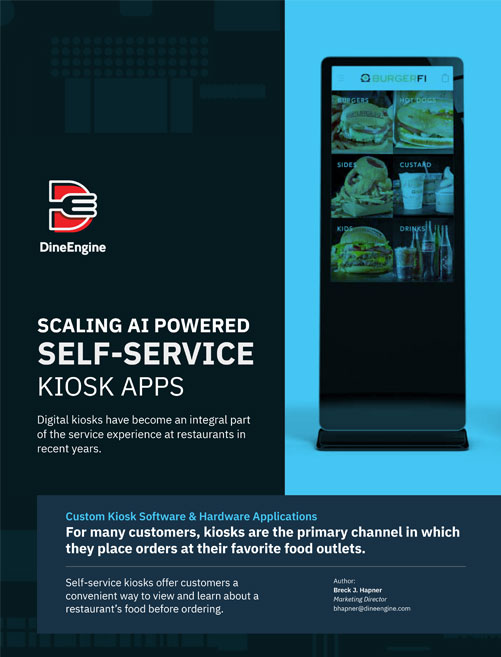
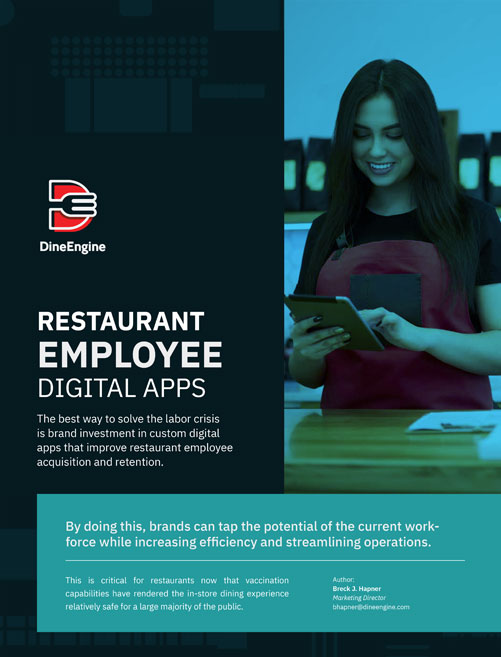
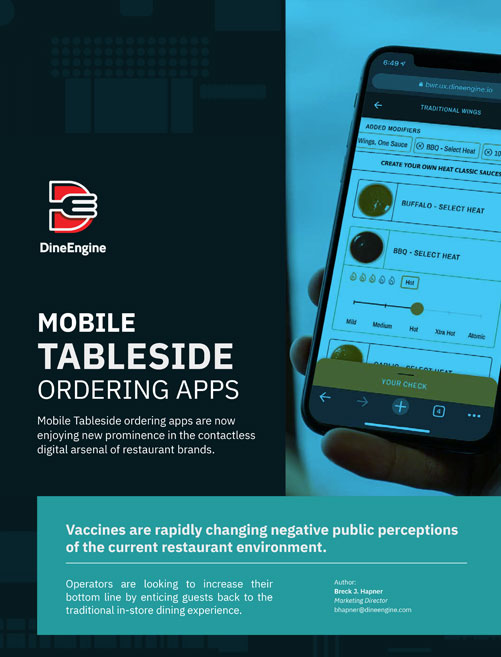
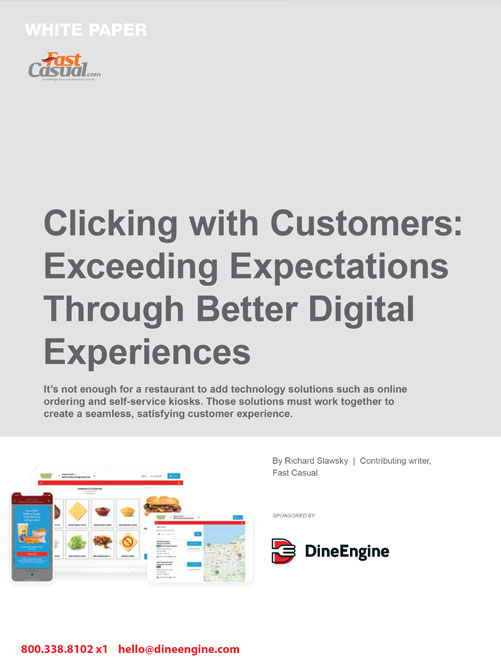
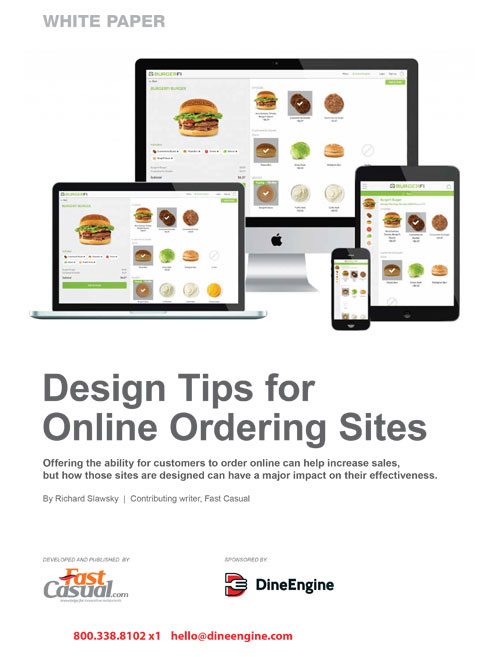
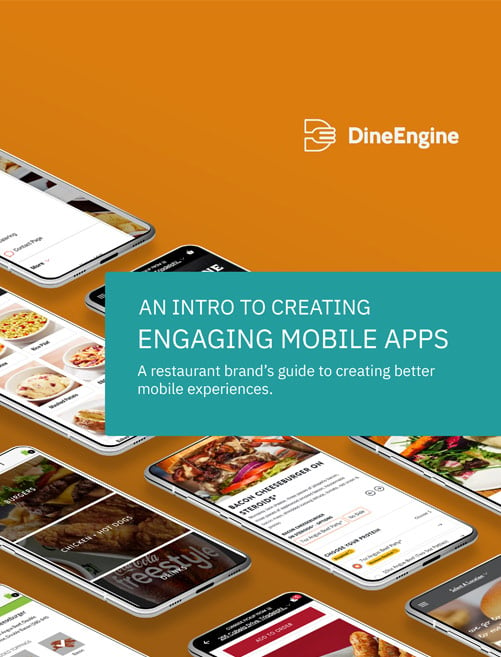


















0 Comments